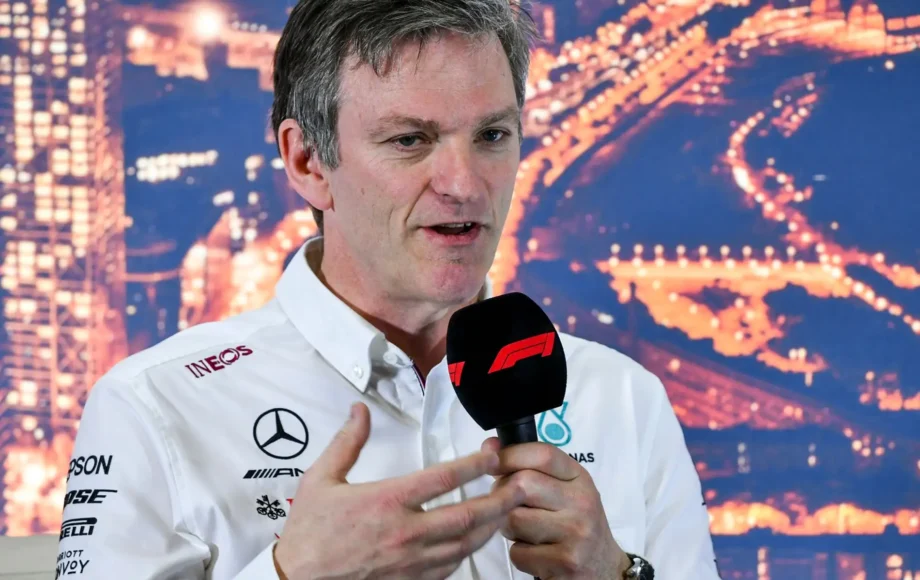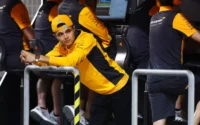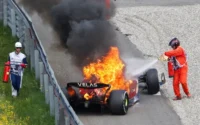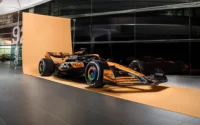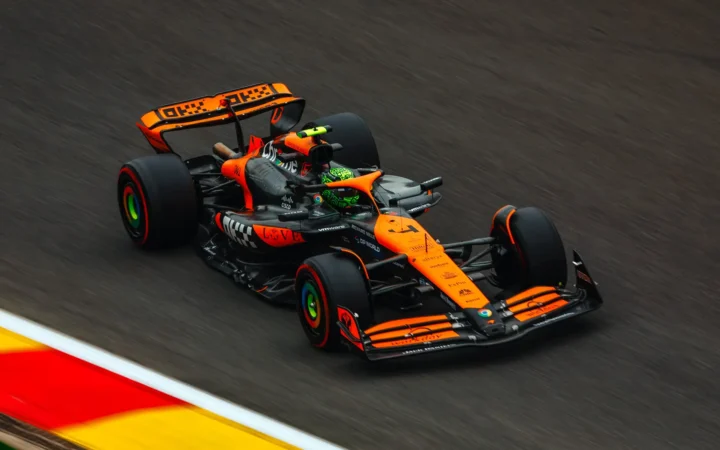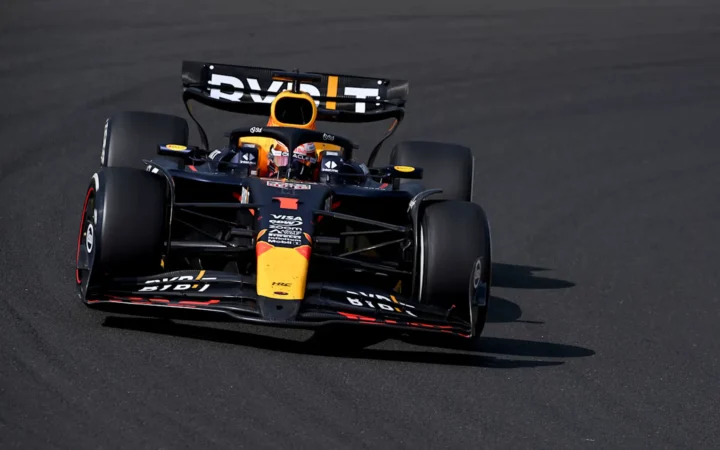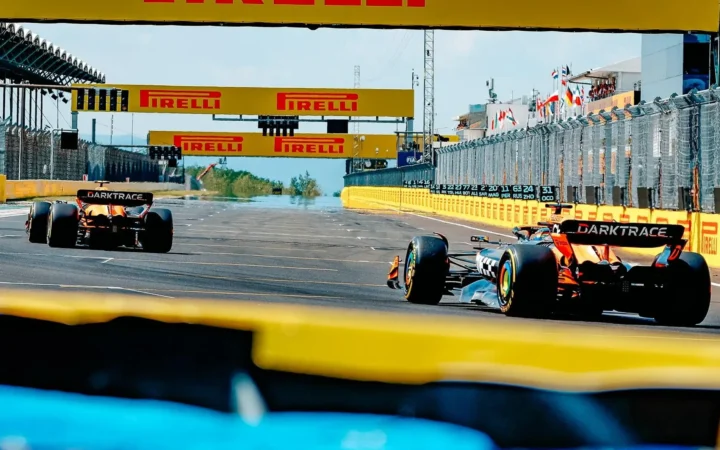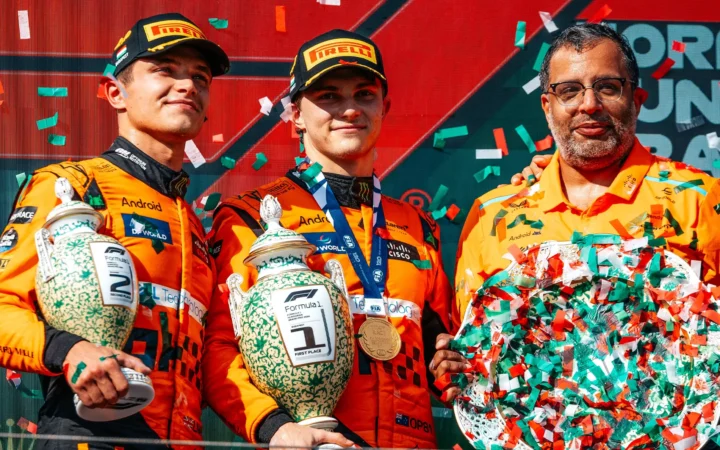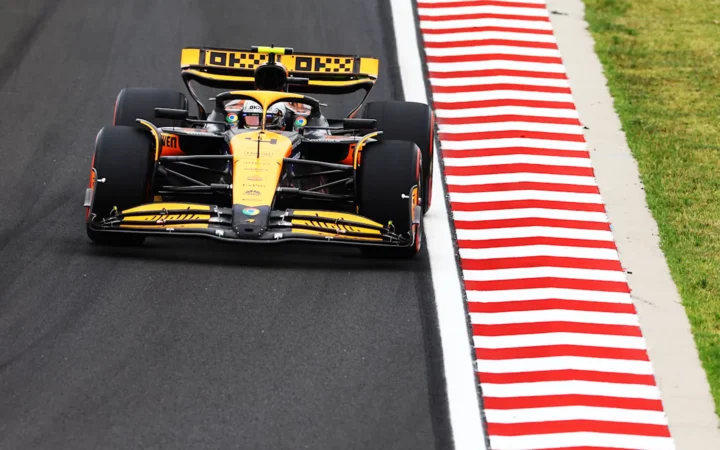The introduction of the ground effect rules in Formula 1 for the 2022 season to enhance overtaking opportunities has brought about a significant shift in how cars are designed.
The regulations compel teams to maintain the lowest possible ride height with extremely stiff suspension settings to maximise downforce, to generate peak downforce when close to the ground.
This change has led to a challenging scenario for teams struggling with difficult set-ups. Consequently, drivers are finding themselves in less enjoyable racing conditions.
Reflecting on the contrast between the previous and current rule sets, James Allison from Mercedes highlighted these issues, emphasising the negative impact of the new regulations on the sport.
“You guys [the media] used to carry on endlessly about high-rake, low-rake cars as if that was the beginning, end, and middle of everything.
“A high-rake car was around 140mm [rear ride height]. A low-rake car would be like 120mm or whatever. Well, both of them are stratospheric ranges compared with these cars.
“These are all cars that are setting off in the 60mms. There might be a few millimetres of difference between them, but they’re all just on the ground.”
Allison points out that the limited flexibility of the current cars restricts teams and engineers significantly in their approach.
Discussing the contrast with the previous rules, Allison commented: “Well, you could have a car that was a little bit more one-dimensional at tracks that are a bit more one-dimensional. So if there isn’t a big speed range, then you could maybe set your car up such that the corners coincide with where your good bit is, and you don’t suffer horribly for it dropping away either side.
“But when you go to a place that’s a bit more of a broad test of a car, like Austin for example, where you’ve got real fast stuff, some slow stuff, and some in-between stuff, and some decent straights, and some bumps, then that’s going to test the bit where it’s falling off the back end of the performance. It’s going to test the end of straight [downforce] failure, it’s going to need to stay strong in the fast [corners].
“And it’s hard to persuade the car to do all of those things with a set of rules that basically don’t want to do anything except be near the ground.”
Allison expressed his lack of enthusiasm for the current situation, speculating that even successful drivers like world champion Max Verstappen might not be entirely content with it.
“I’m sure I bang on about this because it’s been a bug-bear of mine, but I personally don’t think it’s a great thing. I don’t think it’s good having the cars operating, when they leave the garage, with that much space to the ground,” he said, signalling a few millimetres with his fingers.
“You get the person who’s winning the championship by one of the biggest margins ever, and has every reason to love his car to bits, and I doubt he’ll tell you it’s a lovely thing. It is not like it was a couple of years ago.”
Seen in:

